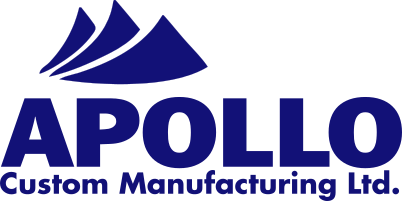How to Start a Food Truck, Food Trailer, or Food Cart: The Complete Guide to Launching Your Mobile Kitchen Business
Published on October 24th, 2025Starting a food truck isn’t just about having a killer chili recipe or dreaming up the perfect pun for your truck’s name. There’s a lot you need to line up before you ever unlock the driver’s door or hear that first satisfying sizzle from your grill. If you try to tackle everything at once, it can feel overwhelming—like you’re being crushed under a mountain of health codes, menu drafts, and paperwork. But the good news? If you break it down into real, manageable steps, launching your food truck starts to look a lot less intimidating.
The first (and honestly, the trickiest) step is deciding what you’ll serve. It’s not just about what you can cook, but what you should cook. What’s going to get people talking? Maybe you want to reinvent a classic—think burgers, fries, or even perogies, but with your own twist that turns the familiar into something worth chasing down. Or maybe your town is missing a certain flavor—Korean-Mexican fusion, authentic Jamaican patties, or vegan comfort food. Whatever you pick, make it something that stands out. Your menu is your identity, so spend real time thinking about what will make you impossible to ignore.
Once you have your food dream (and hopefully a few taste testers lined up), you’ll need to figure out your ride. Will you buy a truck and build a mobile kitchen into it with the help and guidance of Apollo Custom Manufacturing? Or will have a trailer built for you from scratch, designed around your exact needs? Either choice, Apollo Custom Manufacturing has the expertise and experience to get you into your dream truck or trailer.
This brings you to the next big question: just how big does your mobile kitchen need to be? It’s not just about squeezing in a deep fryer and a fridge. Picture your busiest day—how many people will be crammed inside, prepping, plating, and serving? You want a space that lets your team work without bumping elbows, where everyone can move, chop, and stir without stepping on toes. And don’t forget the equipment. If your signature dish needs a giant steam table or a specialty grill, you’ll need to plan for that, too. Space isn’t just comfort—it’s efficiency, and efficiency is money.
After the logistics, you finally get to the part that feels like fun: naming your truck and building your brand. Don’t brush this off as just picking a catchy name or a cool logo. Branding is how you build a tribe—those loyal customers who’ll follow you from farmers’ markets to festivals, and even drag their friends along for the ride. In a world where a single Instagram post can fill your order queue for the day, brand is everything. Make it memorable, make it honest, and make sure it tells your story before you even hand over that first plate.
One of the best perks of rolling with a food truck instead of a brick-and-mortar spot? You aren’t tied to one location. No need to stress over parking, rent, or whether your street gets enough foot traffic. If business is slow, you can move. If there’s a big festival happening across town, you can be there. Your kitchen travels with your customers, giving you a kind of freedom most restaurant owners only dream about.
Of course, even with all this freedom, the road to food truck stardom isn’t one you have to travel alone. If you’re serious about getting started, it’s smart to lean on people who’ve done it before. Apollo Custom Manufacturing can walk you through the details and help you avoid the kind of rookie mistakes that can turn dreams into disasters.
So if you’re ready to turn your food truck fantasy into a real business, start with your menu, your kitchen, and your brand. Ask for advice when you need it, and don’t be afraid to take the first step. The open road—and a long line of hungry customers—might be waiting just around the corner.

